I have a question about a probably easy task, but I can't find the right K.
I have the loop with an adjustable gain element given:
$$Q(z) = \frac{H(z)}{1+ K\cdot G(z)H(z)} $$
I have given:
$$H(z) = \frac{z}{z+0.5}$$ and $$G(z) = \frac{1}{z(z-0.5)}$$
$$H(z) \cdot G(z) = \frac{1}{(z+0.5)(z-0.5)}$$ which give the poles 0.5 and -0.5.
I'm not sure how to go from here. Do I have to count the zeros at +/- infinity and how can I get the argument?
The solution is that the system is stable for -0.75 < K < 1.25.



